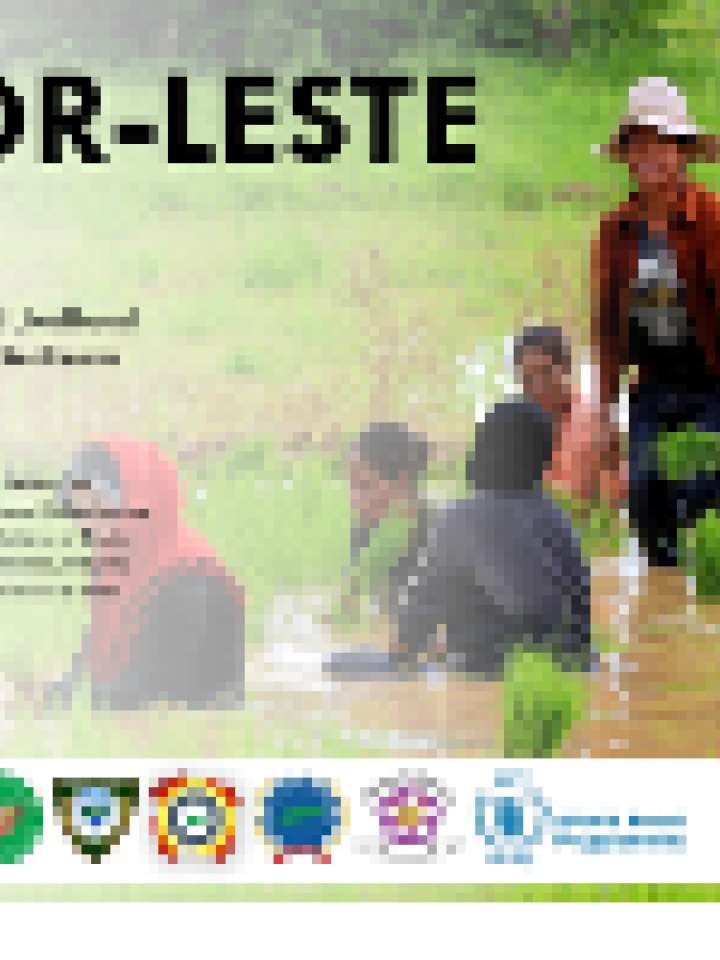Timor-Leste: consolidated livelihood exercise for analysing resilience
This report provides an overview of the ways in which climate and livelihoods interact in Timor-Leste. It is intended to be used as a tool to identify adaptation options for the most vulnerable livelihoods. A special section on the impacts of the 2015/2016 El Nino episode to support contingency planning and possible response efforts is included.
Key messages of the report include:
- Despite being a relatively small country, livelihoods in Timor-Leste are diverse owing to a complex topography and the bimodal rainfall pattern in the southern coast.
- The livelihoods with greatest climate resilience are those with sufficient access to financial capital, those which are highly diversified, and those which rely on less climate - sensitive crops.
- Generally, livelihoods in the eastern, northern and Oecussi zones have the lowest climate resilience (due to a combination of low income levels, low livelihood diversification, and high sensitivity to rainfall changes) while those in Dili, Atauro and the southern coast have greater access to diverse livelihood options and are therefore more resilient to climatic shocks.
- Climate change is one of the key challenges threatening livelihood stability. Projected changes in rainfall and temperature offer risks as well as opportunities for diversifying livelihoods into more resilient systems.
Explore further
